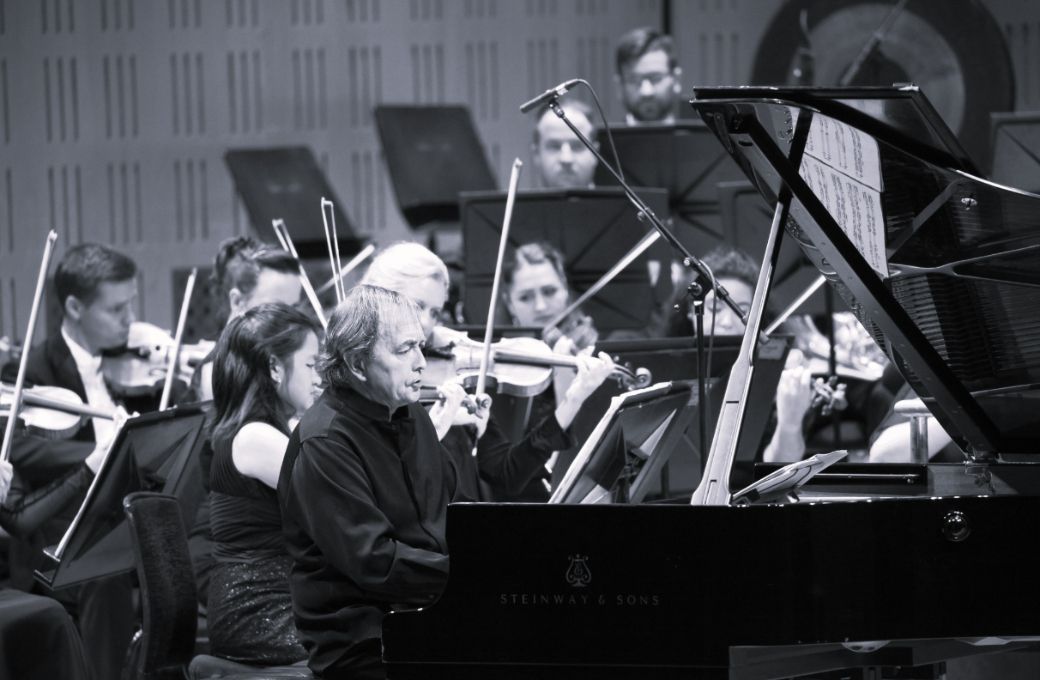Comparisons might be odious be they are undeniably fascinating. It is with no little anticipation that I look forward to hearing a visiting orchestra in order to compare with our national one. And Concerto Budapest, under the baton of András Keller, were terrifically impressive in tonight’s performance. Nimble as a chamber orchestra, though with great power when needed, they delivered a masterful performance of two of the great symphonies of the repertoire: Mozart’s Symphony no. 40 and Beethoven’s Eroica.
From the first bars of Mozart, I was very impressed by the clear, pure sound of the violins as they throbbed with nervous energy. Equally noteworthy were the sharp rhythms and crisp staccatos as the players interacted with one another as if in a small chamber group. Appropriately, Keller, founder of the Keller Quartet, elicited deft shades of mood from suave mezzo pianos to explosive fortes, still in keeping with the classical context of the work.
This was evident too in the graceful shaping of the melody of the Andante or the more robust handling in the Allegretto. In this latter movement the horn’s line was crisply delineated against the patina of sound. The Finale bristled with nervous energy bouncing from each subito forte with mischievous abandonment. The lyrical sweep of the second subject was in complete contrast to the proceeding section, evidently enjoyed by all the players. I would have liked a little more heft from the cellos in their antiphonal exchange with the violins, but overall this was an imaginative and vivid account.
Bartok’s Piano Concerto no. 3 was written at the end of the composer’s life in exile in the United States. Its inherent soulfulness marked a departure from the raw primitiveness of his previous two piano concertos. Pierre-Laurent Aimard dug deep, unearthing the work's deeply spiritual core. Outer movements were dispatched with whimsical turns of phrase, mercurial scales and zany cross rhythms. The Adagio religioso, the heart of the concerto, was a poetic prayer, its slow chorale exuding an air of peace. Aimard, Keller and the orchestra were as one as pianist and woodwinds led with inexorable intensity to the passionate outburst of the searing high strings. A moving account of a remarkable concerto.

Beethoven’s Eroica is a monumental, sprawling work and its glories can turn out like a deflated soufflé unless deftly handled. Keller and Concerto Budapest gave a masterful account: soaring melodies, a deathly march, bubbling excitement and a victorious finale. Keller gripped the audience by the lapels from the unexpected violence of the opening clap of thunder before melting into the main melody. There were so many fine details here: sforzandos pulsed with energy, crescendos were carefully moulded, plus the bark of those repeated diminished seventh chords. The woodwind imbued the Marcia funebre with deep emotion amid a sinister rhythmic motif on strings and timpani.
Keller kept the lid on the excitement in the Scherzo, allowing the melody to bubble up like liquid in a pressure cooker, before exploding with unexpected ferocity. The finale was a tour de force with its different mercurial changes of character and its final thrilling Presto section.


